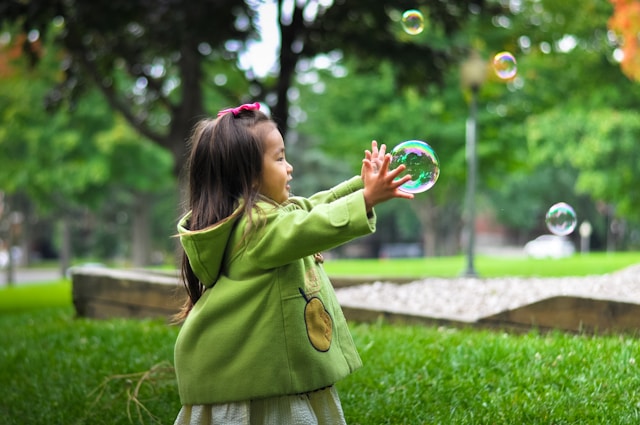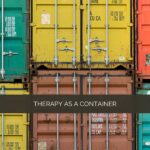EMDR stands for Eye Movement Desensitization and Reprocessing. EMDR is an evidence-based practice initially developed by Francine Shapiro in 1987 as an intervention to overcome the psychologically devastating effects of trauma. EMDR with kids follows the same 8-phase protocol as EMDR does for adults, with the main differences being what it looks like and how we talk about it with kids and parents. This article will focus on each phase and what to expect. EMDR therapy can be used with children as young as 18 months old.
EMDR’s 8 phases:
- History Taking: During history taking, the therapist, child, and parents/guardians collaborate to learn about the traumatic experience or presenting issue. While it is important to understand the parents’ perspective, learning about the memories, thoughts, and emotions that are most problematic for the child is essential. This is because what a parent may find disturbing might differ from what a child experiences. As you can imagine, interviewing a small child isn’t the best approach. Instead, we may use stories, art, the sand tray, and toys to develop a history and timeline while identifying targets with kids.
Preparation or Resourcing: This is the phase in treatment where we work on building on already developed positive beliefs or cognitions and developing additional “resources” such as a container to store “the yuck” between sessions and our calm place. Again, this will occur in the sand, with stories, art, and play. It is during this phase we introduce Bilateral Stimulation, or BLS. Kids can use a wide range of tools for BLS and choose which feels best to them.
- Some options for BLS include:
- Tactile BLS: This includes buzzies, the butterfly hug, gorilla tapping, a trusted puppet, or a pencil or pen the therapist uses on shoulders, hands, or maybe even feet.
- Auditory BLS: we use headphones that play tones or bilateral music
- Visual BLS: The most commonly used is the lightbar or puppet helpers.
- Some options for BLS include:
- Assessment Phase: This is the phase in EMDR when we activate or “light up” the target or the memory related to the trauma. Very specific questions will be asked, and with the help of colorful toys, charts, sand trays, and art, we begin to dip our toes into the “yucky stuff.”
- Desensitization Phase: With kids, again, we use art, toys, sand trays, and any playful items we have as therapeutic tools for kids to begin discharging the “yuck.” We may need to move around more during this phase of treatment, take breaks for running, cartwheels, or quiet moments, whatever the child’s nervous system needs.
- Installation Phase: This is the phase we get to grow the “good stuff”, the child’s positive beliefs and newfound positive self-worth, and the phase when kids really begin to experience new feelings of empowerment and change.
- Body Scan: This is the phase where we do final reviews with our body to ensure we’ve addressed the “yuck” in the body and nothing remains.
- Closure: In the closure phase, we “lock up or seal up” the “yucky stuff” that might remain at the end of the session. This is also the phase where we take some time to do grounding exercises so that kids are ready to return to the world and resume their lives.
- Reevaluation: During the reevaluation phase, we check in at our next session, look at what has come up since our last session, and evaluate any new or existing material.

As someone who has had the privilege of working with many children using EMDR, I am continually amazed by the healing that occurs during these sessions.
If you are interested in learning more or would like to schedule an appointment, please call 720.675.7123 or fill out the contact information form and someone from our administrative team will reach out to you.
Photo Credits:
Photo by Robo Wunderkind on Unsplash
Photo by Jessica Rockowitz on Unsplash


 Preparation or Resourcing: This is the phase in treatment where we work on building on already developed positive beliefs or cognitions and developing additional “resources” such as a container to store “the yuck” between sessions and our calm place. Again, this will occur in the sand, with stories, art, and play. It is during this phase we introduce Bilateral Stimulation, or BLS. Kids can use a wide range of tools for BLS and choose which feels best to them.
Preparation or Resourcing: This is the phase in treatment where we work on building on already developed positive beliefs or cognitions and developing additional “resources” such as a container to store “the yuck” between sessions and our calm place. Again, this will occur in the sand, with stories, art, and play. It is during this phase we introduce Bilateral Stimulation, or BLS. Kids can use a wide range of tools for BLS and choose which feels best to them.


